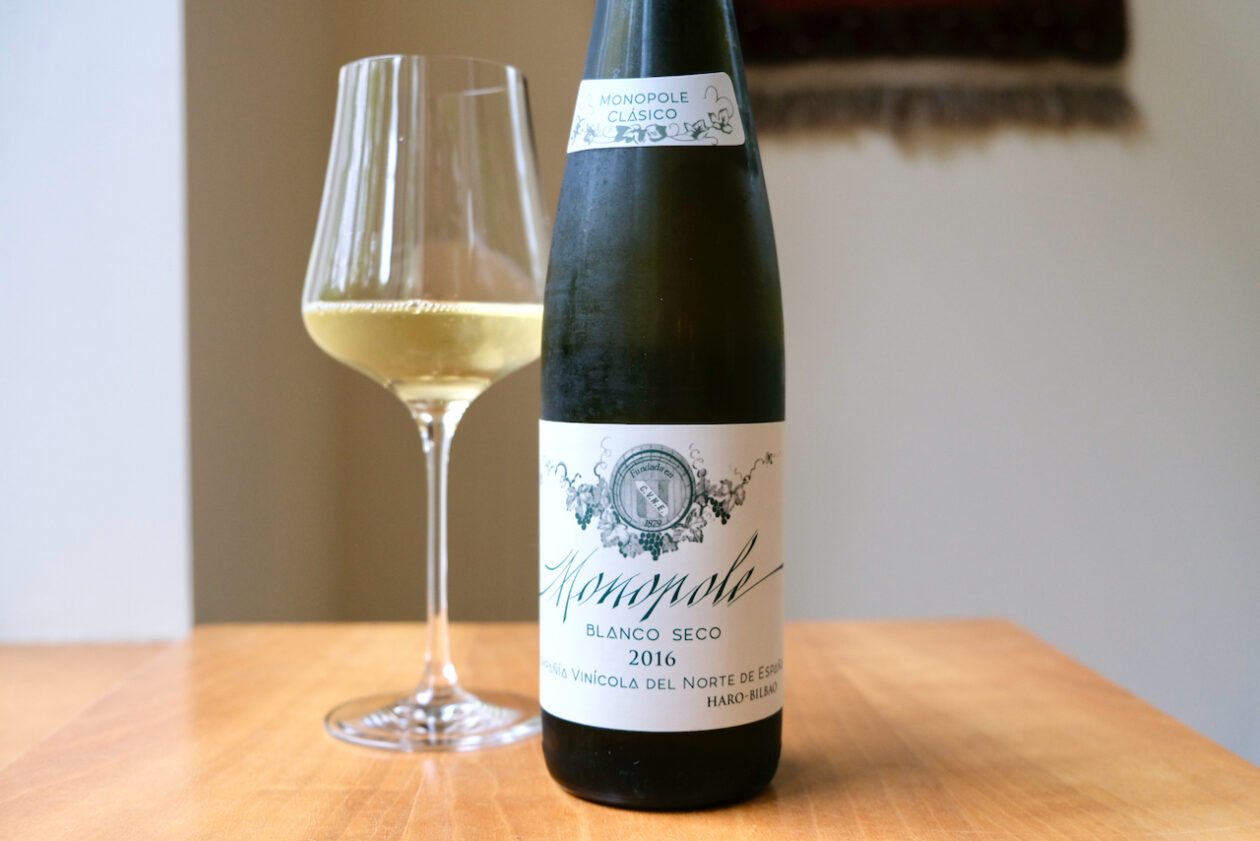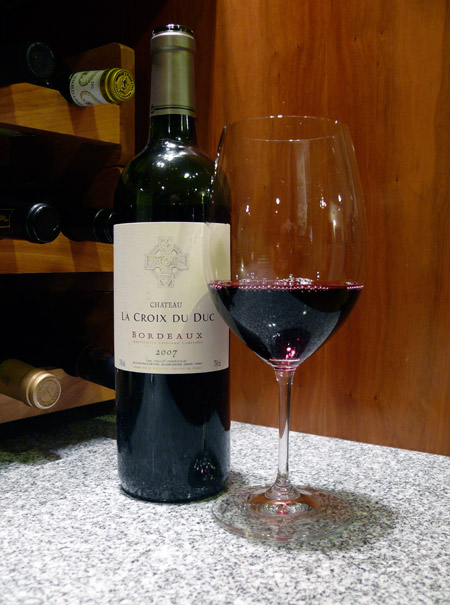
The name C.V.N.E. (pronounced KOO-nay) is an acronym for Compañia Vinicola del Norte de España, a somewhat generic moniker for a company with such a long history in Rioja.
“I like to think of us as ambassadors of Spain,” said CEO Victor Urrutia, during a recent Circle of Wine Writers online seminar. Urrutia and his sister, María Urrutia, are the fifth generation of the family to lead the firm, which was founded in 1879.
“C.V.N.E.’s crest is, essentially, Spain’s flag,” he said, pointing to the red and yellow stripes behind the corporate insignia. “It’s not an aristocrat’s shield, or a single person’s signature. To me, it’s a big point to fly the flag for our country, and to represent it.” Even family is secondary to country.
The company now owns seven wine properties, including four in its original Rioja and one each in Penedès (Cava), Ribera del Duero, and Valdeorras. Their vineyard holdings in Rioja include 545 hectares in Rioja Alta and Rioja Alavesa.
White wine is a small part of the Rioja portfolio, but C.V.N.E. has produced a white from Viura, branded Monopole, since 1915. Traditionally, the dry, crisp white wine was blended with a small amount of Manzanilla sherry, then aged in oak cask before bottling. The process imbued the wine with nutty, savory, and lightly volatile character, plus a deep salinity. Producing this unorthodox wine required special dispensation from the governing body of the Rioja appellation.
Monopole persisted into the late 20th century, but then the market began to shy away from the style. The winery turned its focus to producing a crisper, brighter white without the sherry addition.
What’s old is new again. The Urrutias, rediscovering a bottle from the 1970s that was made according to the old method, decided to reboot the style. The first re-release, dubbed Monopole Clásico, was in vintage 2014. It uses Manzanilla sherry purchased from Bodegas Hidalgo, located in Sanlúcar de Barrameda.
The winery was also on the cusp of releasing a 2014 Monopole Gran Reserva, Urrutia announced during the seminar. That wine has six years of aging in used sherry barrels prior to bottling. “Its something we’re really proud of, really excited about,” he said.
The 2016 C.V.N.E. Monopole Clásico is a mercurial, almost deceptive, wine. Moony yellow-green, it yields a fragrance of lemon oil and diesel. Initially the flavors suggest cucumber, green melon, and lemon rind, but then the wine begins to build on the palate, adding weight and depth. By the time I’d tasted half a glass, the impression was expansive, oily, a curious blend of citrus and nut, laurel and brine.
This wine demands tapas: green olives, jamón, crispy fish, pan con tomate. It almost reads like a sherry cocktail, my tongue confused about whether it is crisp or fleshy, young or old.
It’s all of that, of course.
2016 C.V.N.E. Monopole Clásico Blanco Seco Rioja
13.5% ABV | $30; imported by Skurnik



